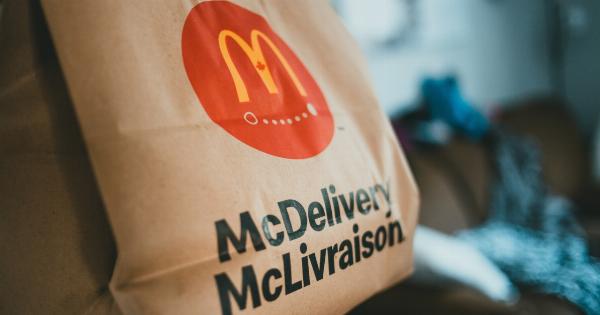Losing weight and achieving a leaner physique is a common goal for many people. However, not all weight loss is created equal.
While shedding excess body fat is generally considered a positive outcome, losing muscle mass instead can be detrimental to your overall health and fitness goals. It’s essential to understand the warning signs that you may be losing muscle rather than fat when trying to shed pounds.
This article will explore the key indicators and provide useful insights into maintaining muscle mass during your weight loss journey.
1. Decreased Strength and Endurance
One of the primary signs that you might be losing muscle instead of fat is a noticeable decrease in strength and endurance.
If you’re feeling weaker and finding it challenging to sustain your usual exercise routine, it may be an indication that your muscle mass is diminishing. Fat is not metabolically active, while muscle is, which means that losing muscle can significantly impact your physical abilities.
2. Loss of Muscle Definition
When losing weight, you want to achieve a sculpted and defined appearance. If, instead, you notice a reduction in muscle definition, it could suggest that you’re losing muscle mass.
As fat is lost, muscle tone becomes more prominent, creating a lean and toned appearance. Losing muscle will result in a softer look, as muscles start to shrink and lose their shape.
3. Increased Fatigue and Reduced Recovery
Another warning sign of muscle loss is increased fatigue during workouts and reduced recovery time between exercise sessions. Fatigue can occur due to inadequate muscle fuel or insufficient tissue repair.
Losing muscle means there is less glycogen available for energy purposes, leading to feelings of exhaustion more quickly. Additionally, since muscle repair and growth are compromised, your body needs more time to recover between workouts.
4. Altered Body Composition
When you lose weight, it’s crucial to consider the changes in your overall body composition. If the percentage of muscle mass is declining compared to fat mass, it suggests that muscle loss is occurring.
There are several methods to assess body composition accurately, such as dual-energy X-ray absorptiometry (DXA) scans or body circumference measurements. Monitoring these changes can help you understand if your weight loss is primarily fat-focused or if muscle loss is becoming a concern.
5. Decreased Metabolic Rate
Muscle tissue plays a significant role in determining your metabolism’s speed. This is because muscle requires more energy to maintain compared to fat. When muscle mass decreases, your resting metabolic rate decreases as well.
With a reduced metabolic rate, your body burns fewer calories at rest, making it more challenging to continue losing weight and potentially leading to weight regain.
6. Mood Changes and Irritability
While mood changes can have various causes, losing muscle mass can contribute to irritability and even depression.
Exercise, particularly resistance training, has been proven to have positive effects on mental health, with muscle loss potentially negating these benefits. Furthermore, hormonal changes associated with muscle loss can disrupt your emotional well-being, making it important to monitor these changes during weight loss.
7. Increased Hunger and Cravings
If you find yourself constantly hungry or experiencing intense cravings, it could be a sign that you’re losing muscle instead of fat. Muscle is metabolically active and requires more calories to sustain, while fat tissue is relatively inert.
As a result, losing muscle can lead to feeling hungrier, as your body is attempting to compensate for the loss of energy-demanding tissue.
8. Slow Progress with Weight Loss
If your weight loss progress has significantly slowed down or stalled despite continued efforts, it’s possible that muscle loss is occurring. Muscle is instrumental in burning calories and speeding up the weight loss process.
When muscle mass is compromised, your body becomes less efficient at burning fat, leading to a slowdown in progress.
9. Lack of Muscle Pump and Vascularity
When you exercise, particularly with resistance training, you often experience a “muscle pump” due to increased blood flow and engorged muscles. Loss of muscle mass can lead to a noticeable decrease in muscle pump and vascularity.
This occurs because there is less muscle to pump blood into, resulting in reduced visible veins and a flatter appearance.
10. Inadequate Nutrition and Protein Intake
Your diet plays a crucial role in supporting muscle growth and recovery. If you’re not consuming adequate nutrients, particularly protein, it may contribute to muscle loss.
When your body lacks the necessary building blocks to maintain and repair muscle tissue, it will start breaking down existing muscle for energy instead. Ensuring proper nutrition is essential to prevent unintentional muscle loss.
In conclusion, monitoring your body for these warning signs can help you determine if you’re losing muscle instead of fat during your weight loss journey.
Maintaining muscle mass is vital for overall health, physical performance, and achieving a lean and toned physique. To minimize muscle loss, focus on incorporating resistance training, consuming adequate protein, and fueling your body with balanced nutrition.





























